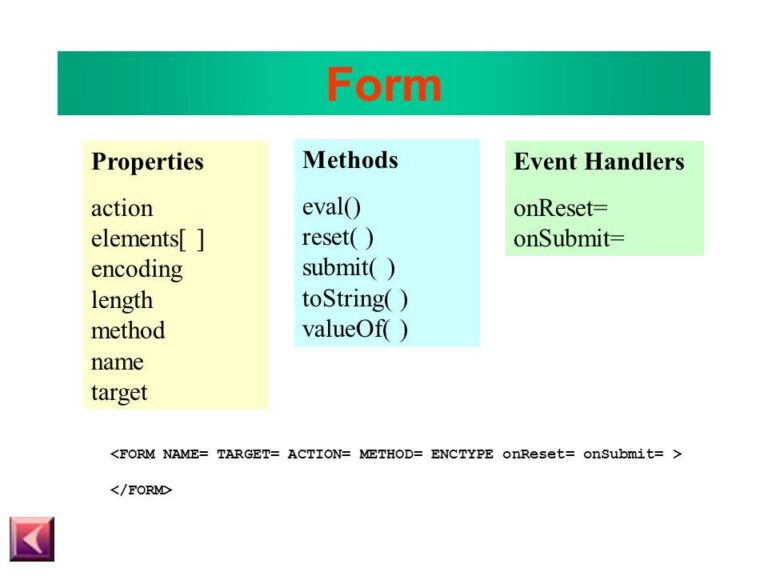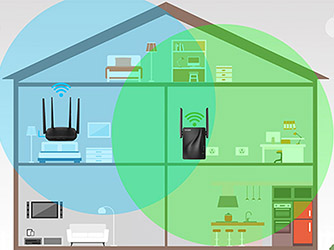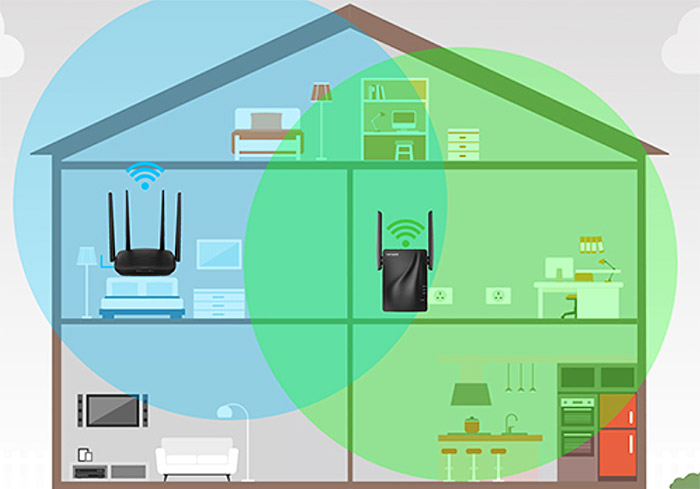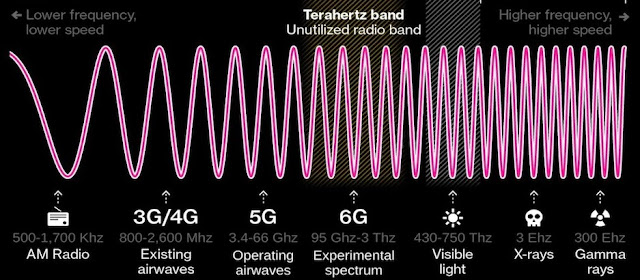What Instruments Are Used In ENT Ward?
ENT (ear, nose, and throat) wards are medical units that specialize in diagnosing and treating diseases and disorders in the ear, nose, and throat area. Instruments used in these wards vary depending on the type of diagnosis/treatment being performed. Commonly used instruments in ENT wards include microscopes, otoscopes, laryngoscopes, nasal endoscopes, and CT scanners. Each instrument is used to provide a more detailed view of the area being examined, and to assist in diagnosis and treatment.
Overview of ENT Ward Instruments
The Ear, Nose and Throat (ENT) ward is a specialized department in a hospital where patients are treated for a variety of issues related to the head and neck area. ENT wards are often equipped with a wide array of instruments to diagnose and treat ailments. This article will provide an overview of the instruments used in ENT wards.
ENT wards typically have a variety of instruments to assess hearing, diagnose and treat ear infections, and monitor the throat, nose, and sinuses. These instruments include audiometers, tympanometers, endoscopes, laryngoscopes, and rhinoscopes. Audiometers are used to assess hearing by playing tones of various frequencies and measuring the patient’s response to the noise. Tympanometers measure the movement of the ear drum to diagnose ear infections. Endoscopes, laryngoscopes, and rhinoscopes are used to examine the throat, nose, and sinuses respectively.
In addition to the diagnostic instruments, ENT wards also have a range of tools to perform surgeries and other treatments. These include forceps, scalpels, scissors, and suction tubes. Forceps are used to remove foreign bodies from the ears and nose while scalpels are used for surgical procedures. Scissors are used to cut tissue and suction tubes are used to remove fluid.
The instruments used in ENT wards should be regularly maintained and sterilized to ensure they are in proper working condition. Proper care and maintenance of these tools is important to reduce the risk of infection and ensure the safety of patients.
Overall, ENT wards are equipped with a wide range of instruments to diagnose and treat a variety of ailments. These instruments are essential to ensure the health and safety of patients in the ward.
Diagnostic Instruments
in ENT Ward
ENT wards are essential for the diagnosis and treatment of ear, nose, and throat (ENT) conditions. To properly diagnose and treat such conditions, it is important that the right instruments are used. There is a wide range of instruments used in an ENT ward, and these include endoscopes, laryngoscopes, otoscopes, microscopes, and more.
Endoscopes are used to view the inside of the nasal cavity and larynx. Laryngoscopes are used to view the larynx and vocal cords. Otoscopes are used to examine the ear canal and eardrum. Microscopes are used to examine tissue samples taken from the patient. Other instruments used in an ENT ward include an audiometer for testing hearing, a tympanometer for testing middle ear function, and an otoscope for examining the eardrum.
In addition to the instruments listed above, an ENT ward also utilizes other specialized tools and equipment, such as a video laryngoscope, a computerized tomography (CT) scan, and an X-ray machine. These instruments allow for a much more accurate diagnosis and treatment of ENT conditions, as they provide detailed images of the area being examined.
The instruments used in an ENT ward are essential for the diagnosis and treatment of ear, nose, and throat conditions. By utilizing the right tools, doctors can ensure that they are providing the best care possible for their patients.
Surgical Instruments
used in ENT (Ear, Nose, and Throat) wards are an essential part of a medical facility. ENT instruments are designed to diagnose and treat diseases or disorders of the ears, nose, and throat. They provide the ability to visualize and operate on a variety of structures within the head and neck area. Common instruments used in ENT wards include otoscopes, bedside scopes, laryngeal mirrors, endoscopes, forceps, and microdebriders.
Otoscopes are used to examine the ear canal and tympanic membrane. They allow for visualization of the ear canal and any foreign bodies within it. Bedside scopes are used to assess the nasal and pharyngeal cavity. Laryngeal mirrors are used to assess the laryngeal structures and to identify vocal cord lesions. Endoscopes are used to examine the sinus and laryngeal cavities for tumors, polyps, or other abnormalities. Forceps are used to grasp and remove tissue during surgical procedures. Finally, microdebriders are small motorized tools used to cut and remove tissue.
ENT instruments provide essential diagnostic and treatment capabilities for medical professionals. They allow for visual examinations of the ear, nose, and throat, and the ability to perform minimally invasive surgical procedures. The use of advanced ENT instruments has improved the speed, accuracy, and safety of medical diagnoses and treatments. As technology continues to evolve, so too will the instruments used in the ENT ward.
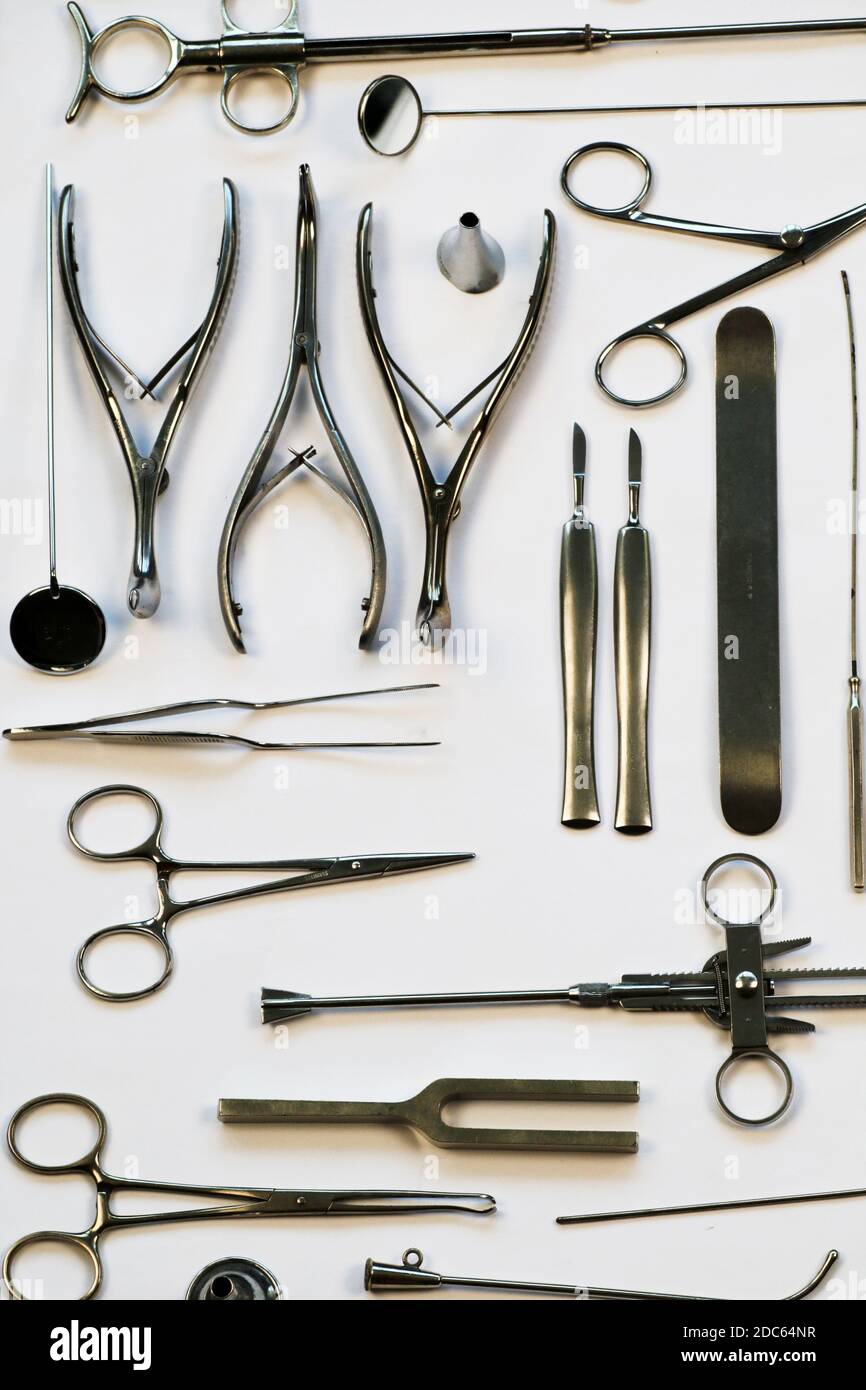
Specialized ENT Ward Instruments
ENT, or Ear, Nose, and Throat, care is essential for maintaining good health. The ENT ward is the place where all the specialized instruments and equipment are used to diagnose and treat diseases and conditions related to this area. In this article, we will explore the instruments used in an ENT ward and their purpose.
For diagnosis, the ENT ward uses a variety of endoscopes, such as a rhinoscope for examining the nasal cavity, an otoscope for examining the ear drum, and a laryngoscope for examining the vocal cords. To view the inside of the throat, a flexible fiber-optic scope is used.
Other instruments are used for treatment and surgery. Microscopes are used to look inside the ear, nose, and throat and to perform delicate surgeries. Scissors, forceps, curettes, and punches are all used to remove tissue or debris from the ear, nose, and throat. Specialized instruments, such as balloon sinuplasty devices, are used to open blocked sinuses.
The ENT ward also has a variety of tools for imaging, such as X-rays, CT scans, and MRIs. These imaging tools allow doctors to get a better look at the anatomy of the ear, nose, and throat.
Finally, the ENT ward uses a variety of devices to measure hearing and balance, such as audiometers and videonystagmography (VNG). These instruments allow doctors to evaluate hearing and balance problems.
Overall, the ENT ward is a specialized place where a variety of instruments and tools are used to diagnose, treat, and monitor ear, nose, and throat conditions. These sophisticated tools help doctors diagnose and treat a variety of conditions with accuracy and precision.
Benefits of Using Instruments in an ENT Ward
ENT (Ear, Nose, and Throat) wards are medical facilities dedicated to the treatment and diagnosis of illnesses and disorders related to the ear, nose, and throat. A variety of instruments are used in ENT wards to help diagnose and treat these conditions. These instruments provide a variety of benefits, from enabling detailed examination of the ear, nose, and throat to providing precise diagnosis and treatment.
Instruments used in ENT wards include otoscopes, endoscopes, laryngoscopes, and hearing aids. An otoscope is a device used to examine the external ear and eardrum. An endoscope is a device used to examine the inner ear and throat. A laryngoscope is used to look at the vocal cords and larynx. Hearing aids are also used to help patients with hearing loss.
Instruments used in ENT wards help to improve patient care by providing a more detailed examination of the ear, nose, and throat. By using these instruments, doctors are able to diagnose and treat conditions more accurately and quickly. In addition, these instruments can be used to detect early signs of illness or disease, which can help to prevent further complications.
Instruments used in ENT wards also help to improve patient comfort. By providing a more detailed examination, patients are able to receive a more accurate diagnosis and treatment. This can help to reduce anxiety and worry, as well as reduce the patient’s recovery time. In addition, hearing aids can help to improve the patient’s quality of life by enabling them to hear more clearly.
In conclusion, instruments used in ENT wards are an important part of providing accurate diagnosis and treatment. They provide detailed examinations of the ear, nose, and throat, helping to detect early signs of illness or disease. In addition, they provide comfort to patients by reducing anxiety and worry, as well as improving their quality of life.
Challenges of Using Instruments in an ENT Ward
Working in an ENT ward brings a unique set of challenges and considerations for the medical staff. As a specialized field, it requires specific tools and instruments to diagnose and treat patients. Knowing what instruments are used in an ENT ward is essential for properly diagnosing and treating conditions related to the ears, nose, and throat.
Instruments such as laryngoscopes, endoscopes, and microscopes are commonly used in an ENT ward to examine the inner workings of a patient’s mouth, throat, and ears. Otoscopes can be used to look inside a patient’s ear for signs of infection. A variety of forceps, tweezers, and curettes are also used to remove foreign objects from the ear. Other instruments such as suction devices, throat mirrors, and throat spatulas are used to investigate the throat and examine the vocal cords.
The challenges of using instruments in an ENT ward are numerous. Accurate diagnosis and treatment of ear, nose, and throat conditions relies heavily on the use of the right instruments. Medical staff must be properly trained in the use of these instruments to ensure proper diagnosis and treatment. Additionally, these instruments must be kept clean and sterile to prevent any contamination or infection.
In conclusion, the use of instruments in an ENT ward is essential for proper diagnosis and treatment of ear, nose, and throat related conditions. A thorough understanding of the various instruments used in the ward and the proper techniques for their use is essential for the medical staff to provide the best care possible to patients.
FAQs About the What Instruments Are Used In ENT Ward?
Q1. What type of instruments are used in ENT ward?
A1. ENT wards use a variety of instruments, including endoscopes, forceps, scissors, drills, and microscopes.
Q2. How are the instruments used in an ENT ward?
A2. The instruments are used to diagnose and treat diseases or injuries related to the ears, nose, and throat. They can be used to examine the respiratory tract, remove foreign objects, perform biopsies, or repair damaged structures.
Q3. Are the instruments used in ENT wards sterilized?
A3. Yes, all instruments used in an ENT ward are sterilized to prevent infection.
Conclusion
In conclusion, the instruments used in ENT wards include otoscopes, laryngoscopes, nasal endoscopes, audiometers, and tympanometers. Other tools such as forceps, scissors, suction tubes, and mirrors may also be used. These instruments are used to diagnose and treat various types of ear, nose, and throat conditions. Properly trained medical professionals are necessary to use these tools safely and effectively.
